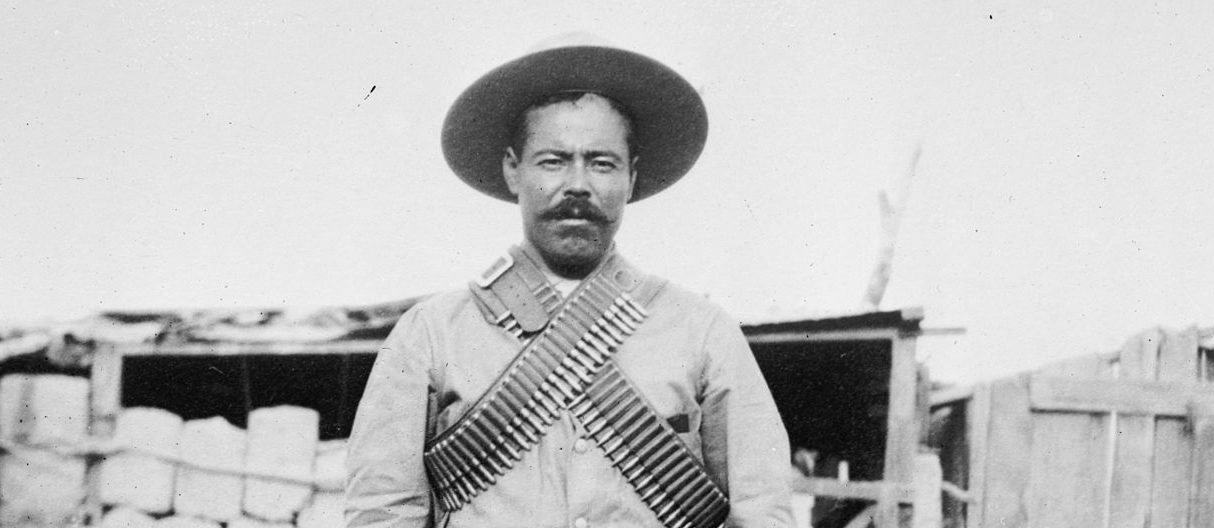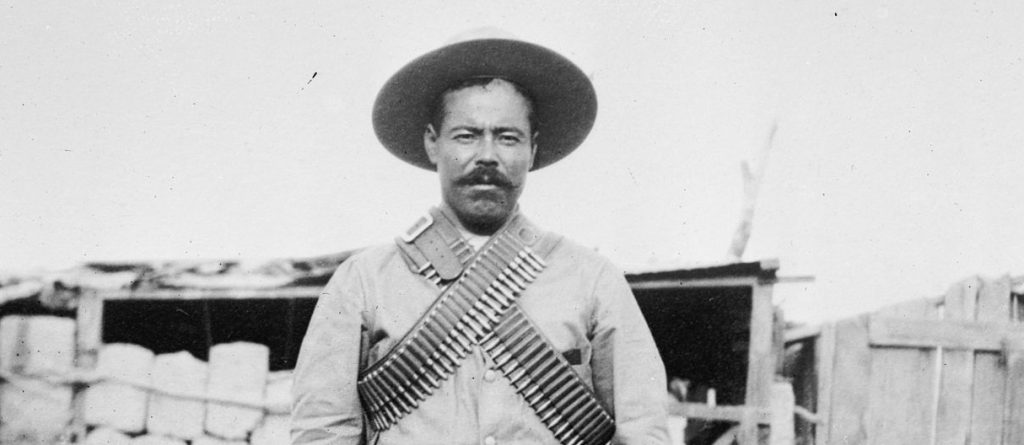Since 1981, a statue of Pancho Villa has stood in downtown Tucson in Veinte de Agosto Park. While the monument honors Mexican-American history, a conservative group recently tried to get it removed because of a procedural error. But a committee shut down the request.
The statue was installed without a public hearing beforehand, and Judicial Watch, the conservative Washington DC-based group, tried to exploit that and called for the removal of the Pancho Villa monument. But at a Public Art and Community Design Committee meeting, people shut down the request. The 18-member committee said that the Pancho Villa statue didn’t meet any of the 10 criteria used to determine if a piece of public art should be taken down, according to Tucson.com.
Before a vote took place, members of the community spoke out in defense of the statue. “We don’t want to forget that history, that history that is grounded in Mexican-ness,” said Lydia Otero, who teaches Mexican-American studies at the University of Arizona. “Each person that walks up to the statue has to ask questions about why this statue is here, right downtown. And they have to come up with their own answers. You know why? Because we are Tucson and it is complicated.”
The only person who spoke out against the statue was Mark Spencer, who belongs to Southwest Project, a Phoenix-based group tied to Judicial Watch. He said the statue needs to go because “Pancho Villa did great harm to people,” and that it’s “never too late to do the right thing.”
The statue has sparked controversy in the past. Mayor Lew Murphy and Councilman Roy Laos boycotted the unveiling ceremony in 1981, and the city council received about a dozen complaints – some of which said the monument honored a man who fought against the US and others who complained about Tucson getting “so Mexicanified” – for about five months after the statue was installed.
The Arizona Daily Star’s archives reveal that the statue was a gift from the Mexican government and a Mexican press group. Julián Martínez, a Spanish sculptor, created the monument, which was first intended for Guadalupe in Maricopa County.




